Glycolysis inhibition induces anti-tumor central memory CD8+T cell differentiation upon combination with microwave ablation therapy
- PMID: 38821965
- PMCID: PMC11143264
- DOI: 10.1038/s41467-024-49059-6
Glycolysis inhibition induces anti-tumor central memory CD8+T cell differentiation upon combination with microwave ablation therapy
Abstract
Minimally invasive thermal therapy is a successful alternative treatment to surgery in solid tumors with high complete ablation rates, however, tumor recurrence remains a concern. Central memory CD8+ T cells (TCM) play important roles in protection from chronic infection and cancer. Here we find, by single-cell RNA analysis of human breast cancer samples, that although the memory phenotype of peripheral CD8+ T cells increases slightly after microwave ablation (MWA), the metabolism of peripheral CD8+ T cells remains unfavorable for memory phenotype. In mouse models, glycolysis inhibition by 2-deoxy-D-glucose (2DG) in combination with MWA results in long-term anti-tumor effect via enhancing differentiation of tumor-specific CD44hiCD62L+CD8+ TCM cells. Enhancement of CD8+ TCM cell differentiation determined by Stat-1, is dependent on the tumor-draining lymph nodes (TDLN) but takes place in peripheral blood, with metabolic remodeling of CD8+ T cells lasting the entire course of the the combination therapy. Importantly, in-vitro glycolysis inhibition in peripheral CD8+ T cells of patients with breast or liver tumors having been treated with MWA thrice leads to their differentiation into CD8+ TCM cells. Our work thus offers a potential strategy to avoid tumor recurrence following MWA therapy and lays down the proof-of-principle for future clinical trials.
© 2024. The Author(s).
Conflict of interest statement
The authors declare no competing interests.
Figures
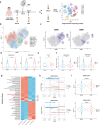
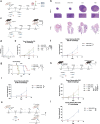

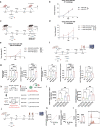
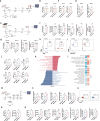
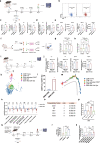
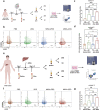
References
MeSH terms
Substances
Grants and funding
LinkOut - more resources
Full Text Sources
Medical
Molecular Biology Databases
Research Materials
Miscellaneous

